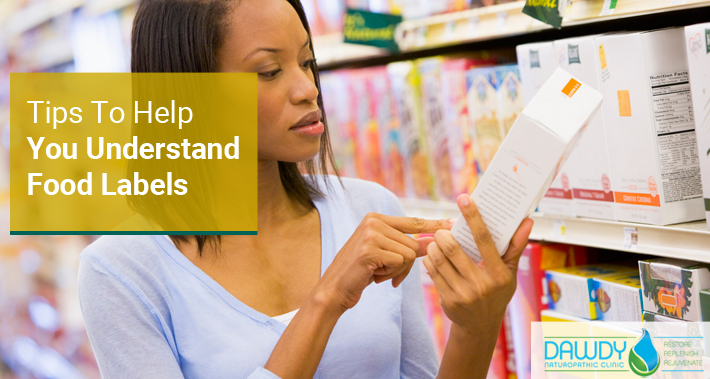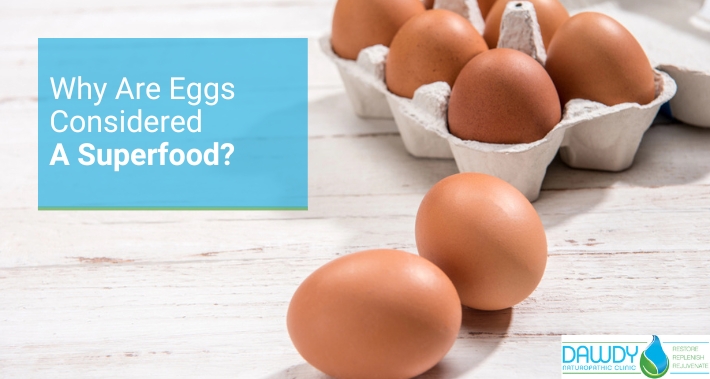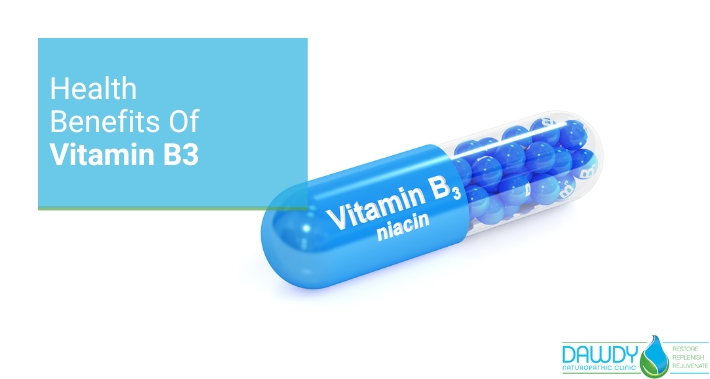Tips To Help You Understand Food Labels
There are a lot of things you can do to get, and stay healthy.
Get enough sleep, exercise regularly, and drink lots of water.
But one of the most important things you can do for your health is eating right.
There’s a saying “you can’t out exercise a bad diet”, meaning that even daily exercise can’t make you healthy if your diet is messy.
But food labels can be confusing.
Serving sizes, calorie counts, and labels like “organic” or “all natural” can make choosing your next meal overwhelming, but it doesn’t have to be.
I’m Dr. Kimberly Dawdy, a naturopathic doctor in Barrhaven Ottawa and I want to help you get a better understanding of food labels.
Keep reading to learn more.
The Front Of The Box Is Just Marketing
Have you ever been drawn to a particular product because of the way the box looks, the claims it made, or even the colour of the packaging?
Because not many people will stop to read the nutrition facts carefully while shopping, the packaging needs to get your attention.
However, often the claims on the box are misleading and sometimes completely false.
In order to really know what you’re getting, you need to look closer at the other parts of the label, not just the flashy front cover.
Pay Attention To Serving Sizes
Have you ever picked up a package of food, looked at the calorie count and thought “oh, that’s not so bad”?
How closely did you look at the packaging? Generally, the calorie count is for the “suggested serving”, and not the entire package.
It’s not uncommon for the serving size to be half, one third, or even just one quarter of the overall package, which means if you’re eating the whole package in one go, you could be getting a lot more calories than you bargained for.
Recognize The Many Different Names Of Sugar
Just as you may be getting more calories than you bargained for, even once you’ve determined the right serving size, it’s very possible you don’t realize how much sugar you’re eating.
“But I checked the nutrition label” you may be thinking, and you might see your food contains a certain amount of sugar, which is within what you feel is an acceptable amount.
However, in order to hide the actual amount of sugar, it could listed by other names.
A couple months back, we talked about some of the most common sugar myths, but what we didn’t talk about is just how many names sugar goes by.
Different types of sugar – brown sugar, coconut sugar, or beet sugar, for instance – which have “sugar” in the name will be easy to spot, but other types may not be so easy to spot.
Watch for syrups such as:
- Oat syrup
- Maple syrup
- Rice syrup
- Carob syrup
- Golden syrup
- Malt syrup
- Agave nectar
And other types of added sugar may include:
- Molasses
- Cane juice crystals
- Glucose
- Fructose
- Barley malt
- Lactose
These are just some of the most common names for sugar, so if you see any of these in the ingredients list, there may be much, much more sugar in your food than you were expecting.
Ingredients Are Listed By Quantity
Have you ever wondered why ingredients are listed in the order they are?
If you’re paying close attention, you’ve probably already noticed it’s not alphabetical.
So what decides the order? The answer is the quantity of each ingredient used.
The first ingredient in the list is what there is the most of in the food, and it goes down from there.
This means you’ll want to watch the first two or three ingredients for things like sugars, refined carbohydrates, and hydrogenated oils.
Watch for foods which list whole foods in these prime first few spots instead.
Watch For The Following Claims
In addition to serving sizes and sugar portions, there are a number of claims which manufacturers may make about the food they’re selling.
Understanding what these terms actually mean can go a long way to helping you make better food choices.
Let’s decipher some common claims.
1. Natural
This one comes up a lot, and a lot of people think “natural must mean it’s good – right?”
After all, lots of stuff that’s healthy for you is natural – vitamin D is natural, vitamin C is natural, pumpkins are natural!
But take a moment to think what natural means.
According to the organization Canadian Food Focus, food that’s labeled natural needs to meet some specific criteria.
This includes the requirement that they must not:
- Have any added nutrients, flavourings, or additives
- Have any elements removed (except water)
- Have been significantly altered from their original state
The site linked above goes into more detail about what each of these means.
However, phrases like “made with natural ingredients” don’t have to abide by these rules.
2. Low Calorie, Low Fat, Or Low Carb
For an item to be considered “low calorie” it can must have one third fewer calories than the original version of an item, but it may still have just as many as other brands.
Many people still consider fat to be a “bad” ingredient, however the fact is your body needs fat to function and absorb some vitamins.
In fact, omega 3 fatty acids are considered to be incredibly healthy – and they’re fat.
Of course, some fats – like trans fats – are bad for you, and it’s a good idea to avoid them.
But low fat foods tend to contain a lot of sugar, which isn’t any better for you.
3. Made With Whole Grains
Whole grains are a better choice than refined grains.
However, if food packaging is claiming a product is made with whole grains, you’ll want to take a closer look.
Unless they are one of the first three items on the ingredients list, it’s unlikely there is enough whole grains in a product to give you much of a benefit.
4. No Added Sugar
No “added” sugar doesn’t mean no sugar at all.
Many foods, including many fruits and vegetables, are naturally high in sugar.
Additionally, it may contain sugar substitutes which may not be very healthy either.
5. Organic
In order for food in Canada to carry the label “organic” it means it hasn’t been produced using any toxic, synthetic pesticides.
While many people will want to avoid foods made with these sorts of substances, it’s important to note organic doesn’t translate to healthy – organic sugar is still sugar.
Book Your Appointment With Dawdy Naturopathic Today
Are you still confused about food labels?
Do you want guidance to help you make the best food decisions?
I’m Dr. Kimberly Dawdy, ND, a naturopathic doctor serving the Ottawa and Greely areas, and I can help you wade through the sea of nutrition claims you face daily, to help you make the best choices possible to support your digestive and immune system, reduce the risk of health conditions like acne, kidney stones, Crohn’s disease, osteoporosis, heart disease, and much more.
Book an appointment with me today to get started.
Yours in Health,
Dr. Kimberly Dawdy, ND
Dawdy Naturopathic Clinic
6899 Sunset Blvd,
Greely, ON K4P 1C5
-https://g.page/dawdynaturopathicclinic
Dawdy Naturopathic Clinic offers a variety of naturopathic health solutions for individuals and families in Ottawa and the surrounding area.





